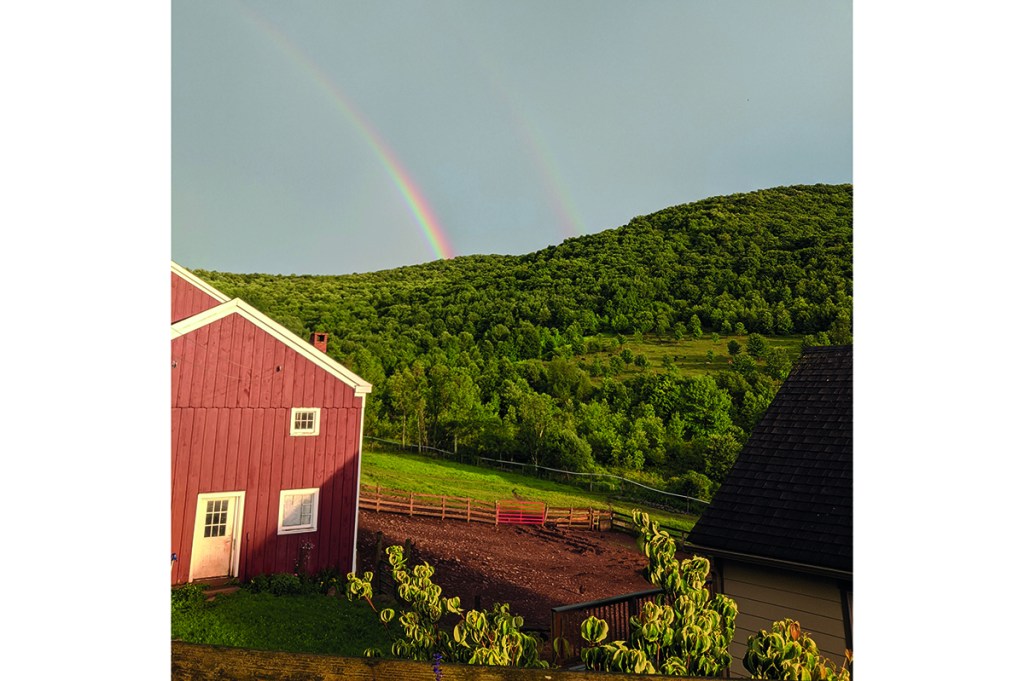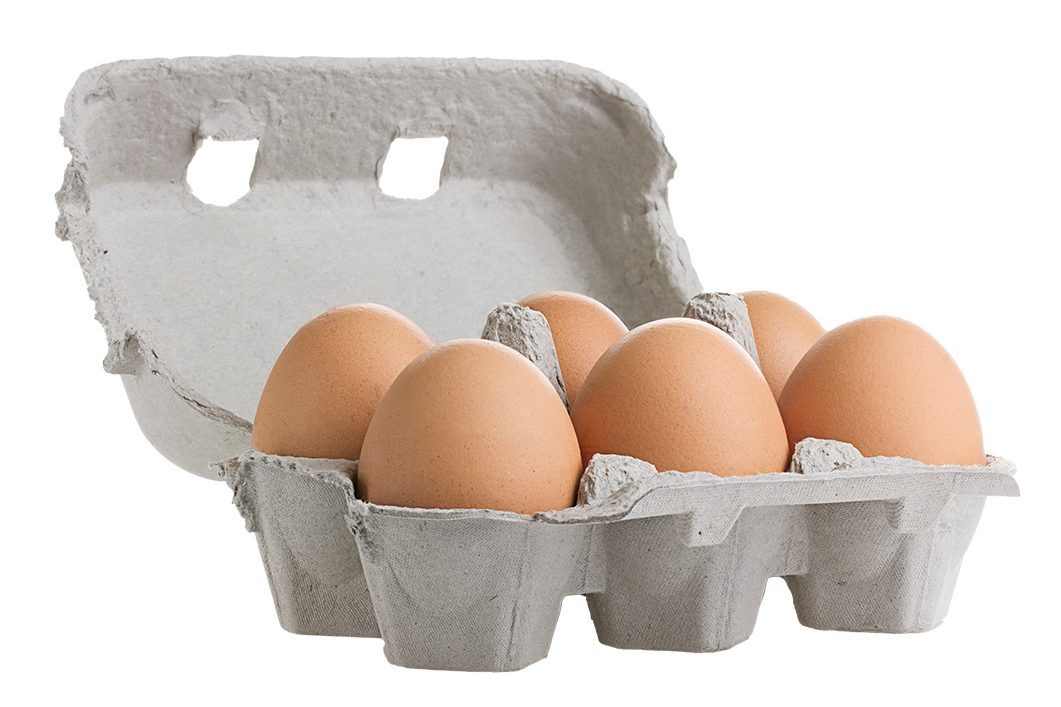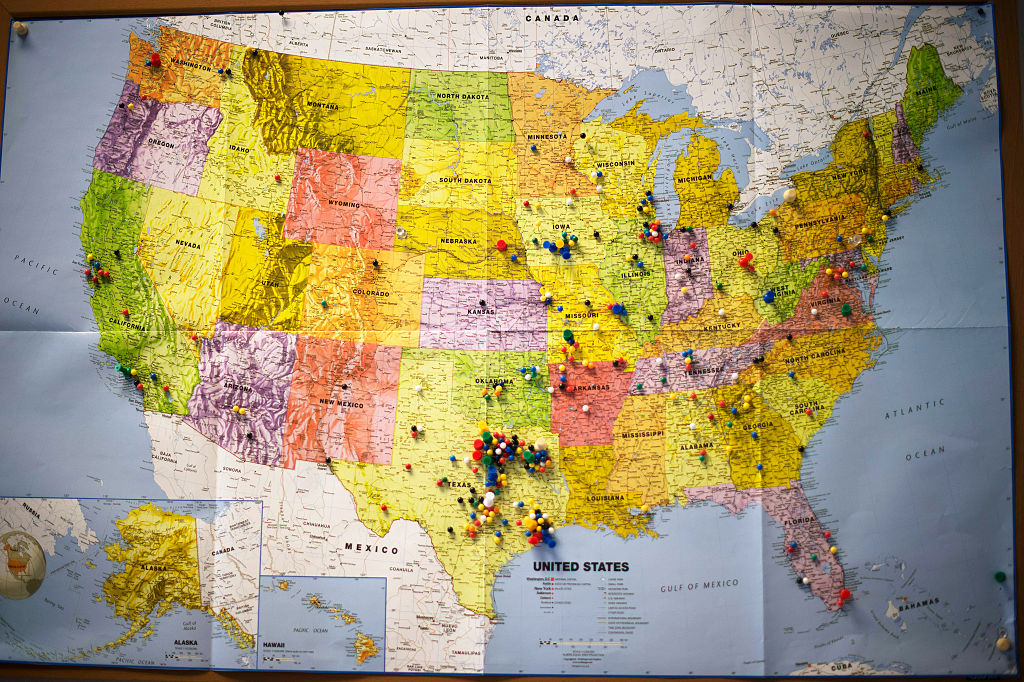In a valley of the Catskill Mountains near the tiny village of Hobart and not much else, there’s a farm with a red barn and a trickling spring-fed stream. Chickens and geese roam through the yard, cows and their young graze in the pasture, and a vegetable garden thrives on the hillside.
If this sounds idyllic, you’ve never spent a week on a working farm. I recently had the opportunity, mostly by accident. I thought ‘housesitting’ with two friends in the mountains meant a few chores: watering the plants, say, or feeding the cats. Roxbury Mountain Maple Farm turned out to be home to 130 chickens, 50-odd chicks, 30 cows, 12 ducklings, six roosters, five geese, four ducks, three cats and two dogs. As temporary farmhands, we were responsible for feeding and watering these herds twice a day. Mercifully, we weren’t responsible for the cattle, though we were frequently downwind of them.
I had previously encountered live fowl in controlled environments such as at the county fair or on television. There was a lot I didn’t know about them. Between the adorable, fluffy-yellow chick stage and the peck-pecking hen stage there is an adolescent period during which chick teenagers are neither adorable nor productive, but fuzzy, long-necked and constantly attempting to escape their pens. You bring them troughs of grain or tubs of water, and they swarm your ankles, leap at your hands and get under your feet. You cannot explain to your flattened chick corpse that actually this was her fault. Sometimes one of them eats so much she gets splay-legged and hobbles around pathetically until someone applies a tiny splint to her leg. If this doesn’t straighten her out, she won’t survive anyway and must be beheaded.
The chicks’ neighbors and personality antonyms are the ducklings, a group so frightened of human contact that the offer of food sends them swarming into a vibrating huddle in the far corner of their pen. I felt bad about this and wondered if they had heard through the poultry grapevine that I was a chick-killer.
Around the corner are the chickens. As you approach, their strangely salacious hollers echo through the barn, like the convicts in Chicago. These chickens range free for 12 or more hours per day. The hens have better lives than most fowl and some people, yet their sound is less a cluck than a blood-curdling shriek. Have you ever met a rooster? Have you ever seen a hen missing the feathers on its backside because of a rooster’s unyielding sexual aggression? Six roosters terrorize a seraglio of over 100 hens night and day, then strut around the yard cawing about their conquests while we watch the bald-backed females dart away, feeling vaguely complicit. It’s only natural, right?
The most impressive thing about the chickens was their prodigious output of eggs. We collected eight dozen per day. For eight days and seven nights, I thought of little else besides keeping the chicks alive and making egg-forward meals. We had eggs scrambled, fried and poached; with toast, bacon and steak; we made Dutch babies and omelets. The best use for our infinite fresh egg supply, though, was frittata. We were lucky enough to have the bounty of the farm’s vegetable garden, plus some leftover odds and ends. In the resourceful tradition of farmers everywhere, throw in whatever you have.
Farmhouse Frittata
Ingredients 8 eggs ½ teaspoon salt 1 tablespoon olive oil Vegetables: whatever you have in the fridge. We used half a red onion, a handful of cherry tomatoes, some matchsticked zucchini and strips of green pepper. Mushrooms would be good here; spinach, broccoli or potatoes too. Cheese: anything goes here, too. We used feta, but goat cheese, mozzarella and cheddar would all taste great. Method 1. Preheat the oven to 425°F. 2. Beat the eggs with the salt. 3. Chop your vegetables, making everything roughly the same size. 4. Heat the olive oil in a 12” oven-safe skillet. Sauté the vegetables in the skillet till soft on medium-high heat, 10-12 minutes, seasoning with salt and pepper. 5. Turn heat to medium-low, then pour the eggs evenly over the vegetables. Wait one to two minutes while they set around the edges. 6. While waiting for the eggs to set, sprinkle your cheese evenly over everything.7. Put the skillet on a high shelf in the oven and bake for 18-20 minutes. The eggs should look solid in the middle, but not golden-brown on top; this will keep cooking for a few minutes outside of the oven, so you’re going for a slightly underdone appearance. 8. Let sit for five minutes, then serve.This article is in
The Spectator’s September 2020 US edition.

























